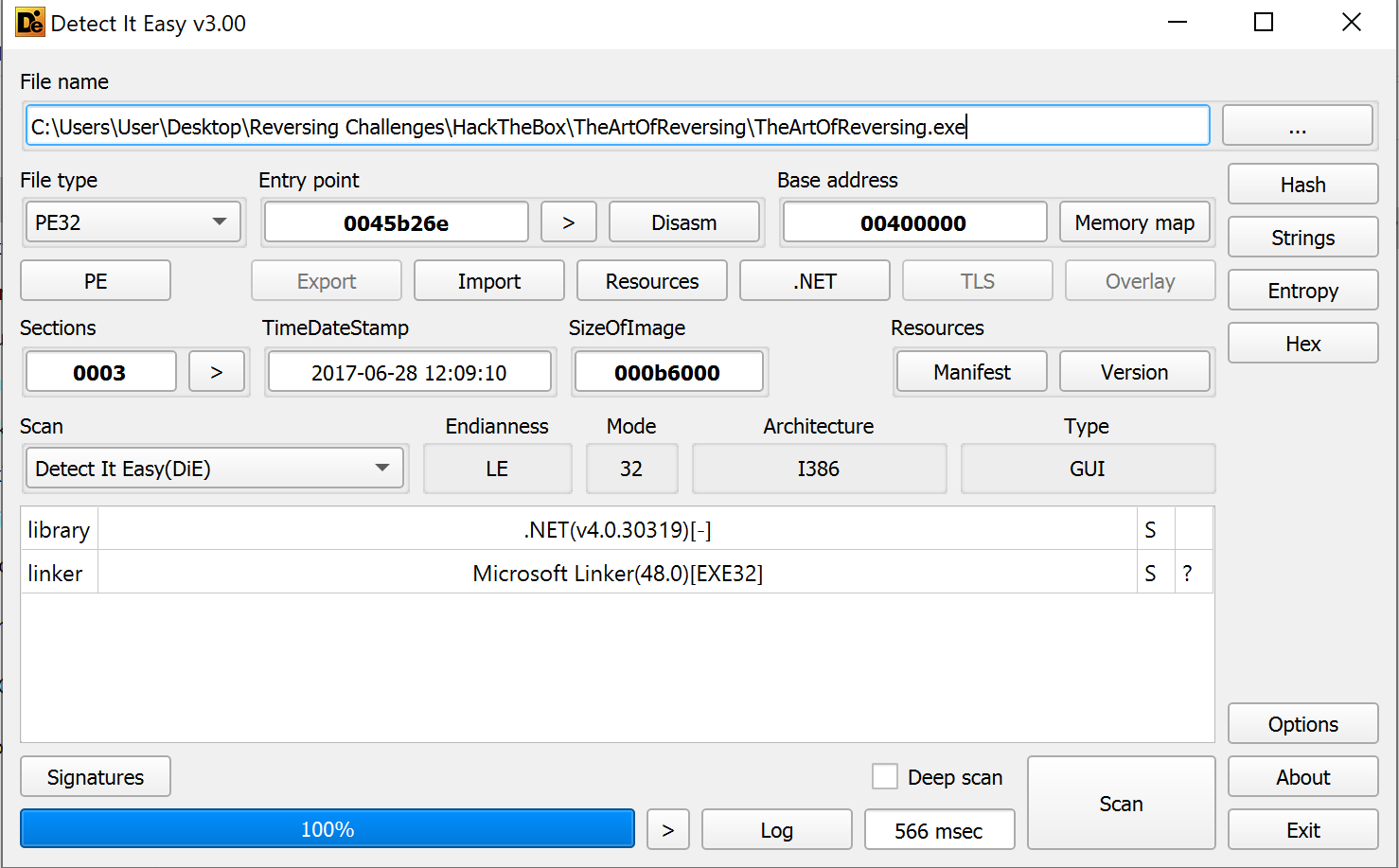
This resolution process requires the recursive resolver to send its own DNS queries, usually to multiple different authoritative name servers. The recursive resolver tracks down, or resolves, the answer to the DNS query sent by the stub resolver. (Smaller operators and organizations sometimes use recursive resolvers on other networks, including recursive resolvers operated as a service for the public, such as Google Public DNS, OpenDNS, and Quad9.) Many network operators run recursive resolvers to handle DNS requests, or queries, sent by devices on their network. A stub resolver is a very simple DNS client that relays an application's request for DNS data to a more complicated DNS client called a recursive resolver. The browser uses the stub resolver, which is part of the device's operating system, to begin the process of translating the web site's domain name into an Internet Protocol (IP) address.

For example, consider when a user enters a web site name in a browser on their phone. Using the Internet on any device starts with the DNS. Every web page visited, every email sent, every picture retrieved from a social media: all those interactions use the DNS to translate human-friendly domain names (such as ) to the IP addresses (such as 192.0.43.:500:88:200::7) needed by servers, routers, and other network devices to route traffic across the Internet to the proper destination. The proper functioning of the Internet is critically dependent on the DNS. To understand Domain Name System Security Extensions (DNSSEC), it helps to have a basic understanding of the Domain Name System (DNS).


 0 kommentar(er)
0 kommentar(er)
